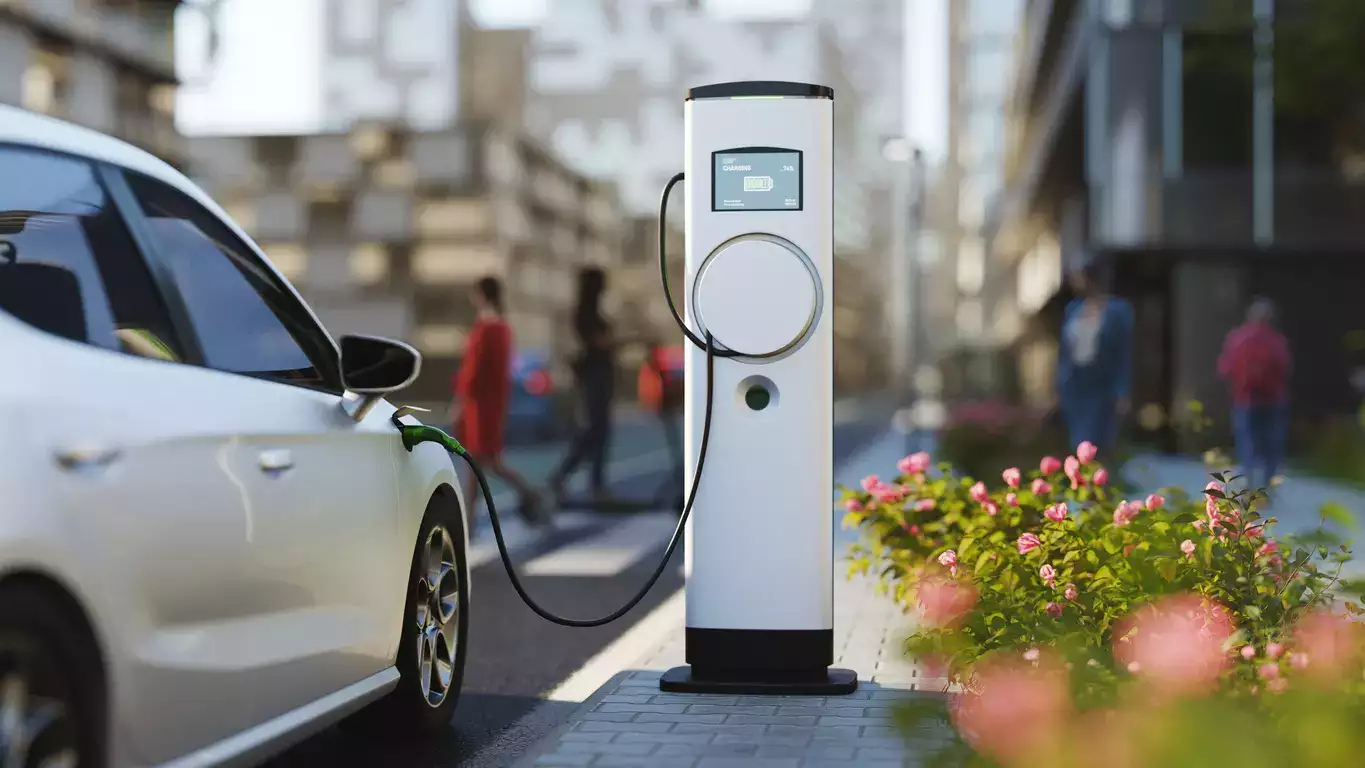
India has observed a positive response for electric vehicles adoption contributing the country to be one of the leading names globally in the race of electrification. The underlying technology for electrification continues to improve, battery prices reduction, and EV adoption moves from being policy-driven to being propelled by consumer demand all contribute towards the adoption of EVs. Indian EV sales are expected to rise sharply after 2030, surpassing 5.9 million by 2040 under the ETS, from 96,000 in 2023, as per Bloomberg NEF’s Long-Term Electric Vehicle Outlook (EVO) report. BNEF’s ETS expects a rise in India’s consumer interest and multiple model launches to accelerate EV sales rise 199% and reach 284,400 by 2027.
The report demonstrates two road transport scenarios:
1) Economic Transition Scenario (ETS) – The base case in which EV adoption is shaped by current techno-economic trends and with no new policy intervention
2)Net Zero Scenario (NZS) – This is consistent with reaching a global zero-emission fleet by 2050.
In the base case ETS, electric car sales continue to rise globally, even though growth has slowed in the US and Europe as a result of regulatory and political changes, and some automakers pushing back their EV targets.
India and its EV scenario
To accomplish a net-zero PV (Passenger vehicle) fleet, India’s sale of zero-emission vehicles (ZEV) should hit 100% in the following 14 years, that is by 2038. This will need significant acceleration compared to the EV adoption rates observed in the ETS, where ZEV adoption doesn’t reach a 100% share even by 2050.
Under the NZS, India’s fleet of internal combustion engine cars hits its highest level in 2033 at about 64.5 million vehicles. This is three years before the peak in the ETS. The number of electric cars on the road should rise sharply thereafter to reach a 100% zero-emission fleet by 2050. The size of the ZEV fleet rose to over 56.3 million in 2040 under NZS compared with 31.4 million under ETS. By 2050, this will increase to over 133.5 million under the NZS, which is nearly 1.5 times the EV fleet in the ETS in 2050.
Global EV adoption
Highlighting the ETS scenario in the US, a lack of lower-cost models and EV market jitters have slowed adoption this year, while block-wide fuel-economy targets in Europe do not become more stringent until 2025, releasing automakers active in the region from the pressure to substantially increase sales of electric cars.
As per the report Passenger EVs are now being accepted by both developed and developing countries. Such as Thailand, India and Brazil are all experiencing record sales as more low-cost electric cars are launched targeting local buyers.
Global electric car sales are expected to rise from 13.9 million in 2023 to 30.2 million in 2027. In the coming four years, passenger EV sales will grow at an average of 21% per year, compared to the average of 61% between 2020 and 2023. The EV share of global new passenger vehicle sales jumps to 33% in 2027, from 17.8% in 2023. China, the US and Europe account for 89% of global passenger EV sales in 2027, as per the BNEF data.
Improving economics of electric vehicles underpin the continued long-term growth in EV adoption. EVs reach 45% of global passenger-vehicle sales by 2030 and 73% by 2040 in the ETS, as per the report. Despite great progress and a steep growth trajectory, Southeast Asia, India and Brazil are still below the global average adoption by then.
Disclaimer: The copyright of this article belongs to the original author. Reposting this article is solely for the purpose of information dissemination and does not constitute any investment advice. If there is any infringement, please contact us immediately. We will make corrections or deletions as necessary. Thank you.





